In the second half of the 19th century, it became common for Irish and British artists, together with those from other parts of Europe and the United States, to spend time studying in France and Belgium as a kind of rite of passage. This practice continued well into the 20th century, as modernist art movements gained traction and Paris reigned supreme as the centre of the art world and the avant-garde.
Usually, Irish artists then returned home and got on with their careers, often exercising a certain caution about adapting and applying the more radical aspects of contemporary developments.
In his groundbreaking 1984 exhibition, The Irish Impressionists, Julian Campbell explored and documented their experiences. He also pointed out that the dominant influences on the Irish visitors were the precursors of impressionism rather than the impressionists, an earlier generation of plein-air painters, even as, in France itself, the post-impressionist era was opening up a bewildering plethora of artistic possibilities.
As Roderic O'Conor and the Moderns – the National Gallery's exhibition on the renowned Irish painter – demonstrates, O'Conor was a notable exception to this rule.
O'Conor quickly gained a reputation for being well versed in what was happening at the cutting edge of the visual arts, and became a post-impressionist painter of some distinction
In 1883 he followed the well-trodden path to the European mainland, initially to study at the Academie Royale in Antwerp. It’s not clear what his intentions were at that stage about his future, and he did return to Ireland for a time, but from about 1887 he was back on the continent, this time in Paris, and essentially France became his home for the rest of his life. He does not seem to have been particularly interested in Ireland, or what was going on there.
Not only did he settle in France, he quickly gained a reputation for being well versed in what was happening at the cutting edge of the visual arts, and became a post-impressionist painter of some distinction. It is entirely possible that his achievement was long underrated because he remained something of an outsider, a person apart, in both France and Ireland, despite his friendships and involvements with many other well-known artists.
His appetite for looking at paintings was inexhaustible. He visited galleries continually and assimilated what he saw into his own work. His appreciation of painting favoured practicality over theory; when he saw a picture, his first question was always: how was this made?
When the young Clive Bell got to know him in Paris in 1921, O’Conor and his friend Guy Maynard took the visitor around the galleries. “They made one work very hard,” Bell wrote. “You can guess they’re pretty tough if they exhausted me.”
Irish childhood
O’Conor was born at Milton, Co Roscommon in 1860, the second eldest of six children. His father, Roderic Joseph O’Conor, whose forebears were once kings of Connaught, was a justice of the peace and was appointed high sherriff of the county in 1863. His mother, Eleanor Mary (nee Browne), came from a landowning family in Co Meath.
The family moved to Dublin when O’Conor was still a child, and he was sent to be educated at Ampleforth in Yorkshire. He was followed by his younger brother Joseph who contracted diphtheria and died suddenly at the school, when O’Conor was 15.
His academic record at Ampleforth was exemplary. Later, he was regarded as a highly promising student at the Metropolitan School of Art in Dublin. His mother died the same year he finished at the Metropolitan and O’Conor went to Antwerp, where he stayed for just a year before returning home.
At this point he was establishing a presence in Irish artistic life exhibiting work and gaining notice – even prizes. A fine small landscape study included in the exhibition, Between the Cliffs, Aberystwyth, tentatively dated to 1883-4, is evidence of a trip to Wales, but he must have been more ambitious in his restlessness because at some point between the latter part of 1886 and the end of the following year – much to do with O'Conor is hard to pin down – he went to Paris where he attended the atelier of Carolus-Duran.

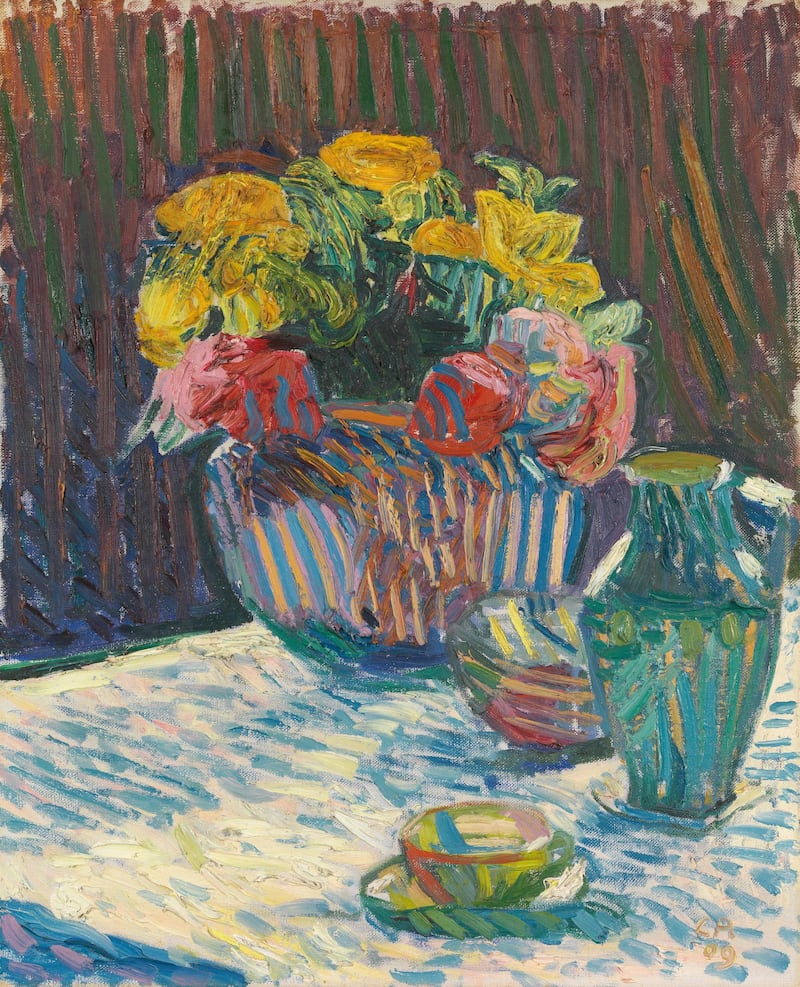
He was sustained by an allowance from his father. Perhaps he felt a little uneasy about the way he was always financially subsidised while many of those around him were much less well off. Later, his good friend Cuno Amiet, ran up such debt that he had to retreat home to Switzerland. Gauguin, a figure of some stature, struggled to raise funds to find his way back to the South Seas. O’Conor was known to be reticent about his background and was regarded as a bit of a mystery. But he was also generous, and supported fellow artists, not least by buying their work.
This exhibition situates him in the context of two giant artistic personalities, and titans of post-impressionism, Vincent Van Gogh and Paul Gauguin. The influence of both on him is absolutely clear. At the same time, both were impassioned, obsessive individuals and undoubtedly dangerous if you became too tightly ensnared in their orbits.
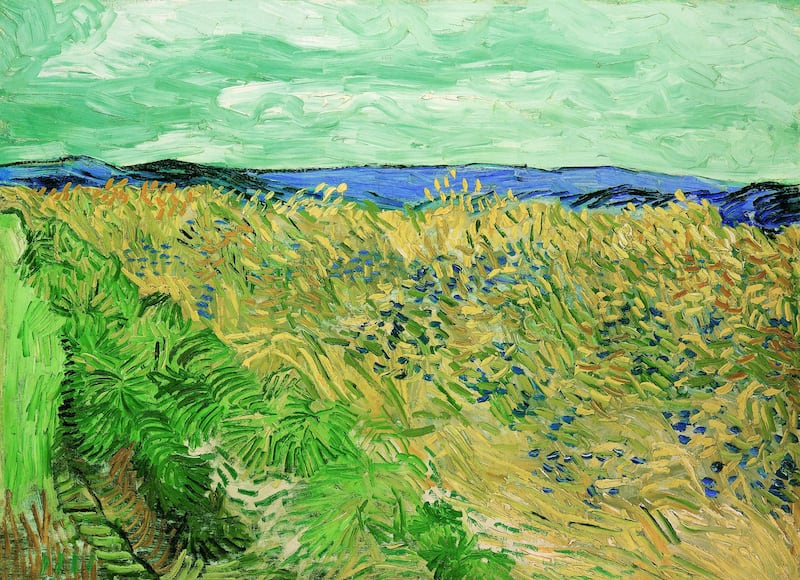
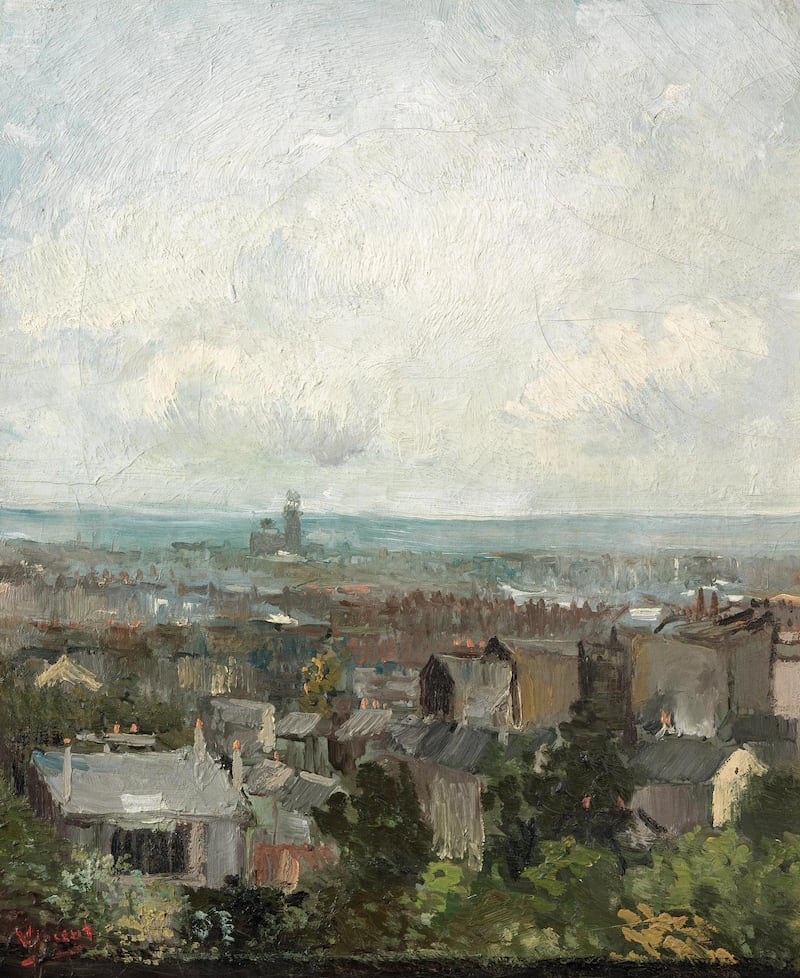
Van Gogh was only 37 when he died in July 1890, apparently having shot himself in the chest (no vital organs were damaged, but an infection set in). Contrary to popular mythology, he was by then highly regarded among artists, and O’Conor is said to have visited the posthumous display of his work in his brother Theo’s Paris apartment.
Gauguin’s reputation and ideas dominated the artistic community at Pont-Aven in Brittany when O’Conor arrived there (he was based there throughout the 1890s, more or less). He finally met and befriended Gauguin when he arrived back from the South Seas in 1894. They became close enough that Gauguin mentioned bringing two companions, including an Irishman – O’Conor – back to Samoa with him. In the meantime, a group excursion to Concarneau ended badly when Gauguin’s ankle was shattered in a brawl with some fishermen. The circumstances are unclear, but Gauguin, compulsively litigious, was notoriously difficult and argumentative. Gauguin’s open fracture never healed, became ulcerated and dogged him to the premature end of his life. O’Conor it seems wisely relented on whatever momentary enthusiasm he may have felt about heading south.
Van Gogh and Gauguin, quite different artists, both had a desire to move beyond impressionism. Beyond, that is, its interpretation as an optical art of appearances. They looked inwards, to their own inner worlds of feelings, dreams and visions, and aspired to infuse external appearances with this psychic energy.
Van Gogh's turbulent, linear swirls of rhythmic pattern are clearly evident in many of O'Conor's paintings. Gauguin's influence is also frequently apparent as in, for example, Le Ferme de Lezaven, from 1894. But it should be said that O'Conor produced many outstanding post-impressionist paintings that are much more than the sum of his influences, including the chromatically dazzling Landscape, Pont-Aven (1892), and Field of Corn, Pont-Aven and The Glade from the same year. His coastal landscapes from the end of the decade are also exceptional.
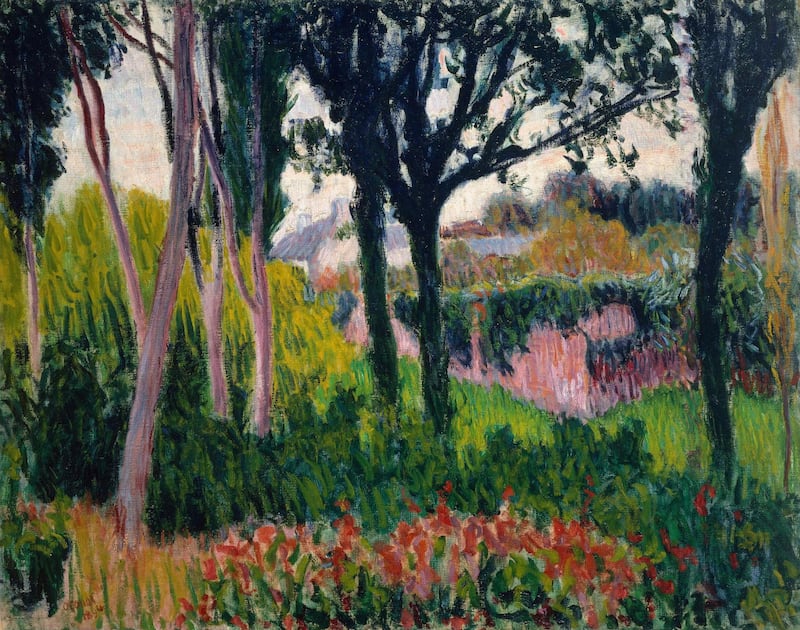
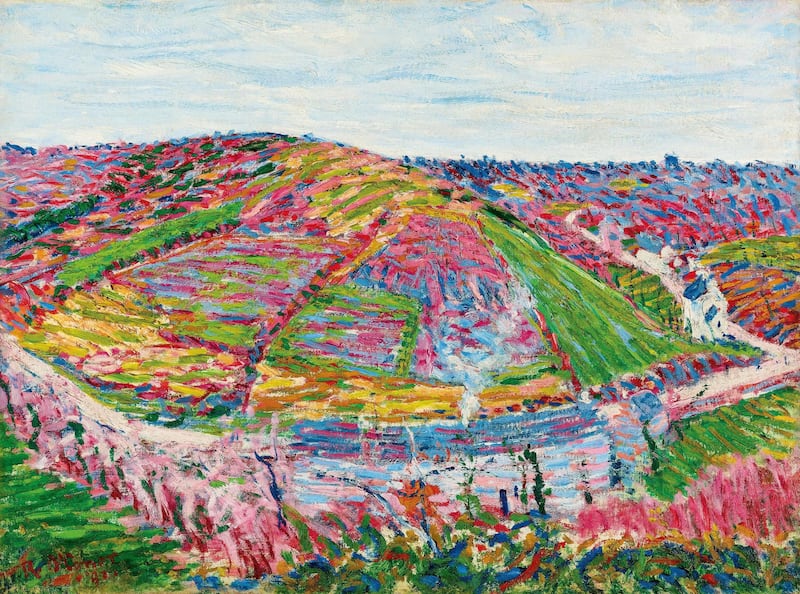
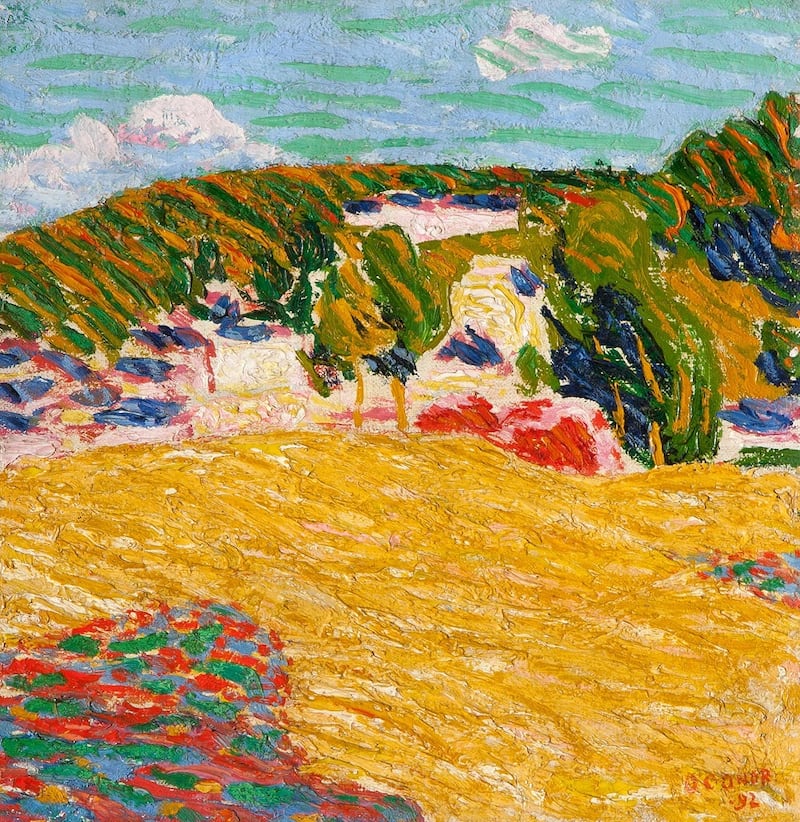
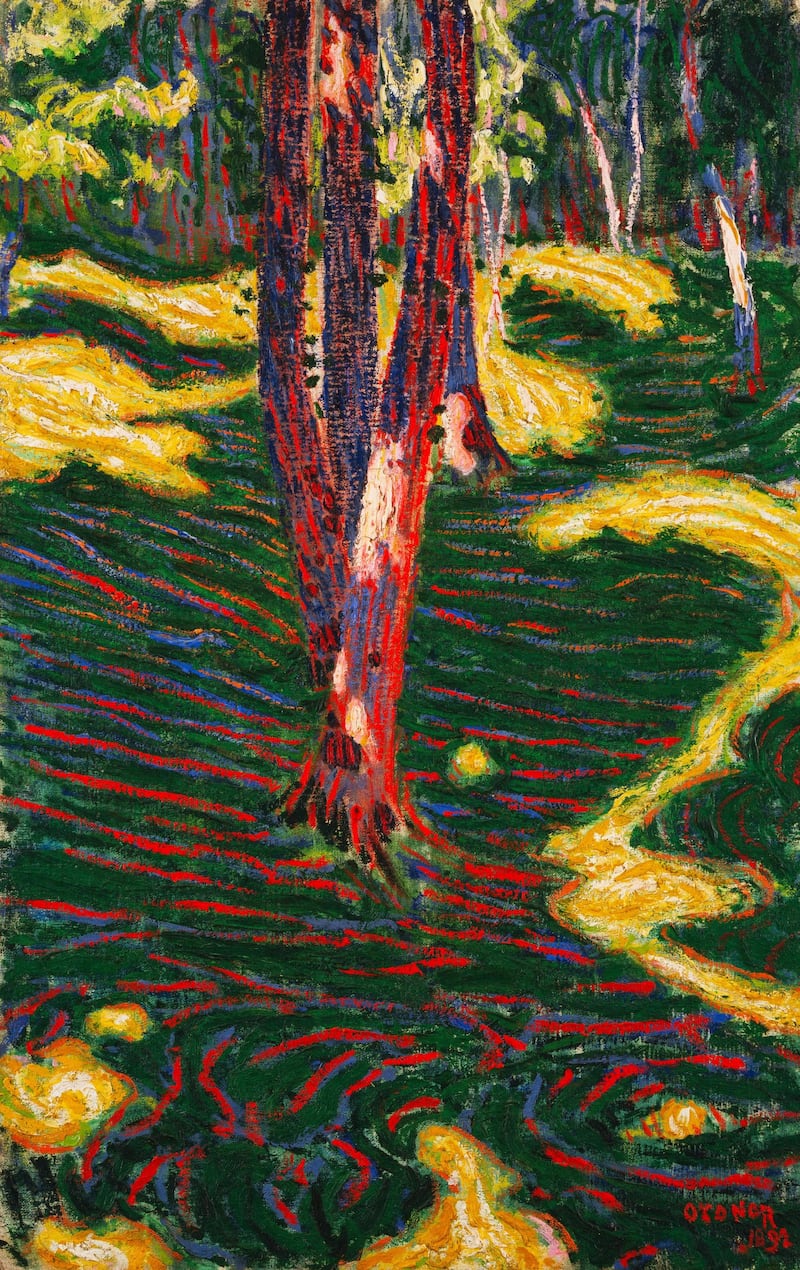
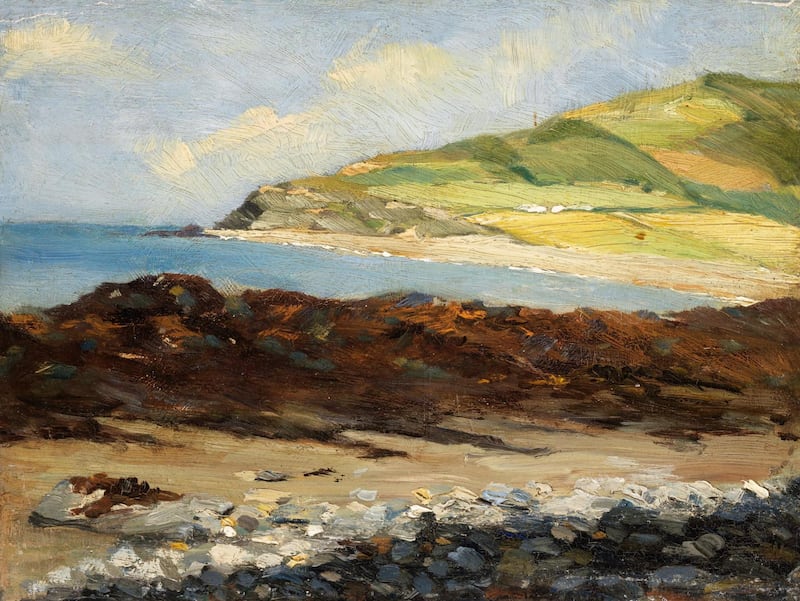
It remains the case that O’Conor, an omnivorous observer, never entirely bought into any particular vision. Hence the disconcerting eclecticism of his work, which might be construed as a failing or an indecisiveness but is also a virtue. He periodically drifted away from and returned to relatively straight naturalism. He was interested in Cezanne, but never made the leap from Cezanne to Cubism, as did Picasso and Braque. Abstraction seems never to have held his attention at all.
His financial independence was consolidated in 1893 when his father died. Back in Ireland for a few months, he appointed a manager to the Roscommon estates, horrified by the minutiae of disputes over rents and conditions.
Then, around 1903-4, at a time when he was setting about quitting Pont-Aven (his friend Armand Seguin died at the end of 1903; Gauguin had died prematurely in the Marquesas Islands in May, possibly overdosing on an opiate pain-killer) and settling in Paris, he took advantage of government incentives to divest himself of lands in Ireland and from then on lived off his investments.
For a time he was part of a general circle in Paris centred on the Chat Blanc restaurant that included Somerset Maugham, who for some reason he despised. Maugham responded in kind, fictionalising O'Conor as the artist Clutton, a cynical, superficial egotist, in Of Human Bondage (Gauguin's story he fictionalised in the Moon and Sixpence).
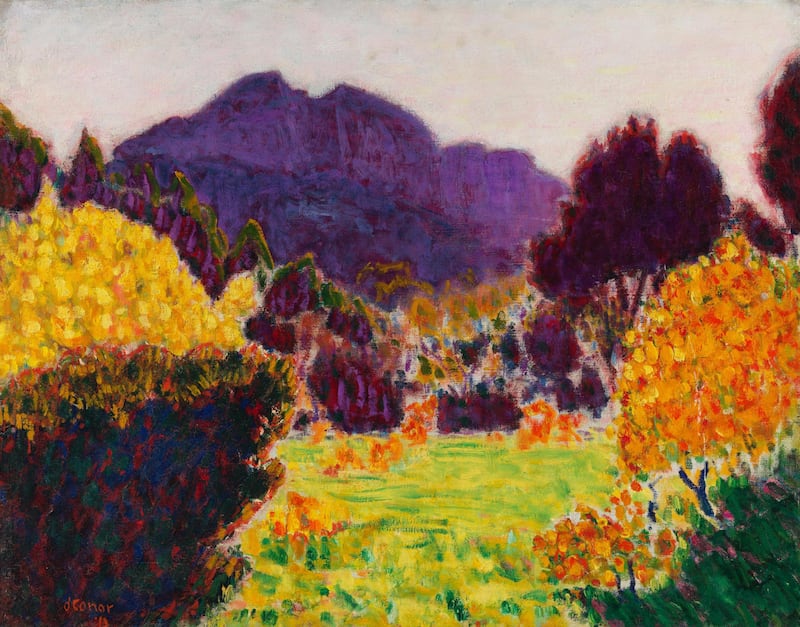
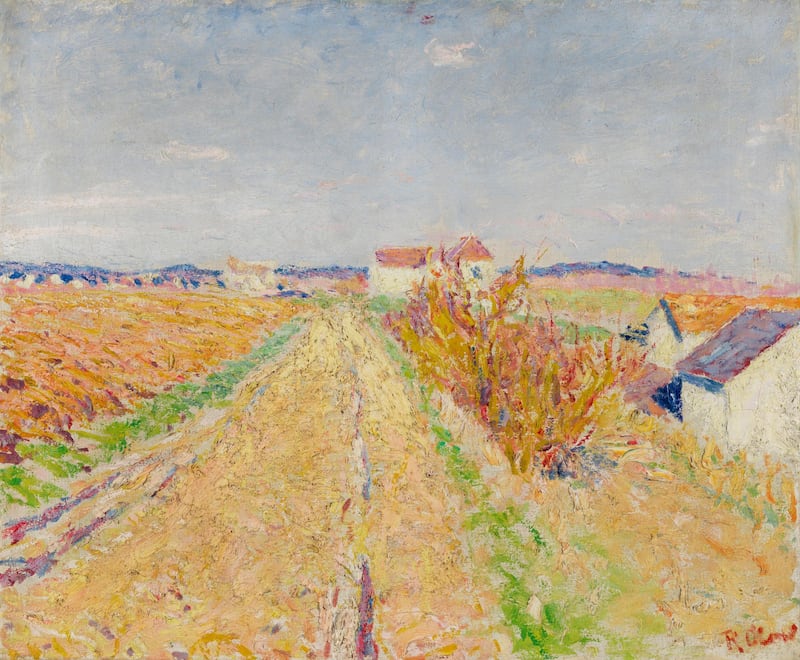
O’Conor was certainly not a cynic: he lived and breathed art. And he suffered from self-doubt. “I have kept the paint going in my usual plodding way very dissatisfied but hoping against hope,” he wrote to Bell at one point. Maugham later complained to Bell, whose memoir he felt was too favourably disposed towards O’Conor, that the Irish artist was “rude and vile mannered” to him. Furthermore, while Maugham bought several paintings by him , O’Conor had given him the impression that “in buying them I was frankly insulting him”.
There are, to be fair, opposing views on O’Conor’s temperament – some finding him gruff and severe, others thoughtful and generous – but all seem to agree that he was emphatic in his opinions, which were succinctly expressed. Well informed and by all accounts well read, he was not garrulous, though he spoke and read French very well.
Roy Johnston, who studied his life and work in detail, notes that he preferred friendships with those younger than him. The Swiss painter Cuno Amiet was eight years his junior. Henrietta “Renée” Honta was at most in her early 20s, and modelling for him, when their relationship began, perhaps around 1915. There was about 34 years between them, an age gap that attracted some comment. But eventually, in 1933, they married and spent time in Spain before returning to their home in France. Renée, who had begun to paint, found herself looking after the increasingly ailing O’Conor. He died in 1940, at their home. Renée died 10 years later.
Roderic O'Conor and the Moderns: Between Paris and Pont-Aven, curated by Jonathan Bennington and Brendan Rooney, is in the Beit Wing of the National Gallery of Ireland, Merrion Square, Dublin, July 18th-October 28th; €15/€10/€5; nationalgallery.ie











